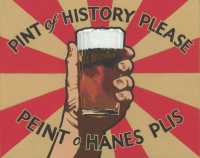Originally posted by JeffHamm
View Post
Star 8 Sept
"Our representative went to the Bell, in Brick-lane, where, as gossip goes, "Dark Annie" was seen with the man supposed to be her murderer. The barmaid said she opened the place at five o'clock, as is customary on a Saturday morning, as Spitalfields Market is in the near vicinity."
And also Liz Prater waking at 05::30 and heading to the Ten Bells for a drink.



Comment